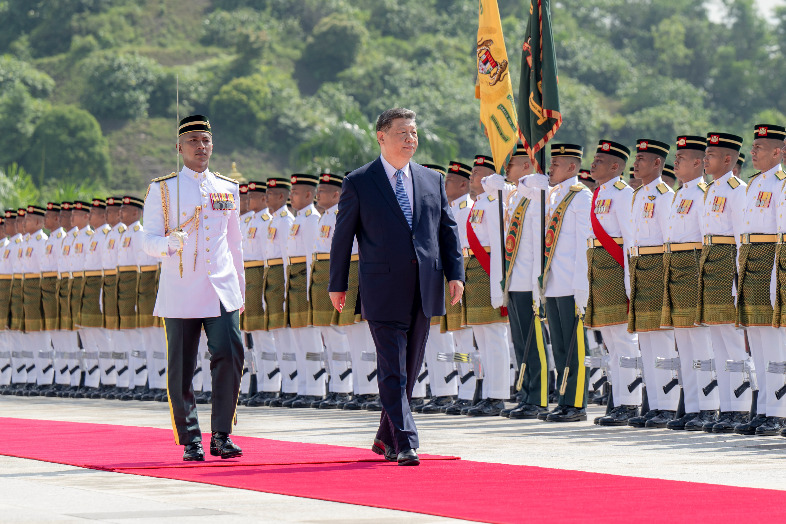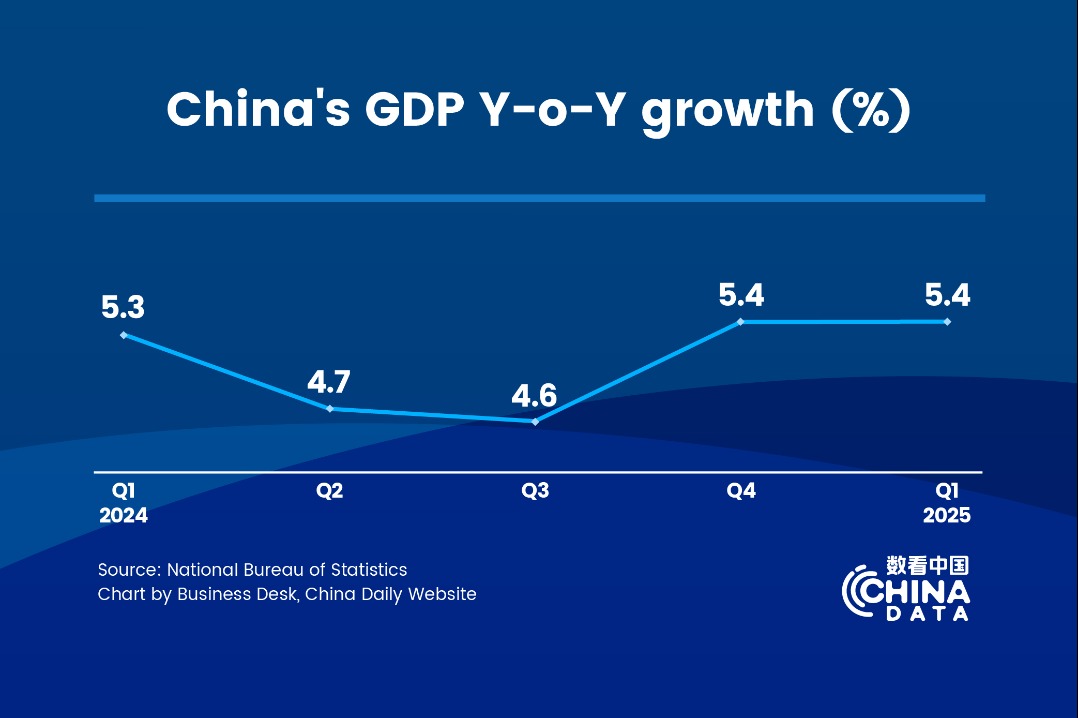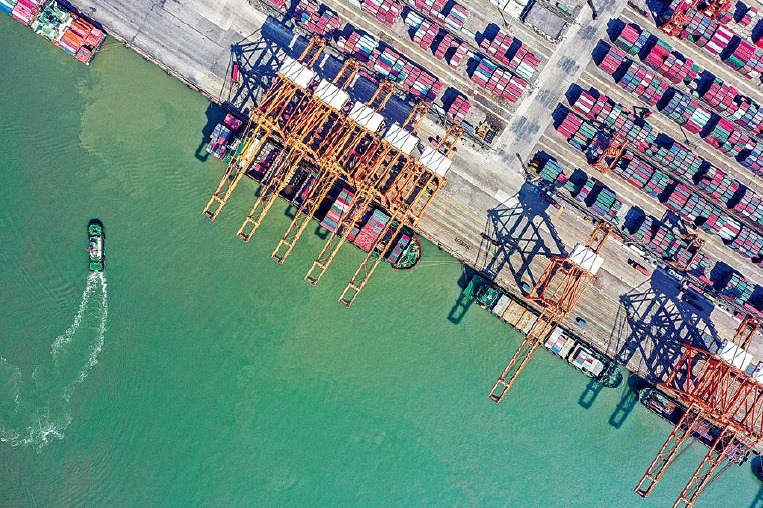Rough second quarter, rebound in third


Editor's note: While according priority to safeguarding people's lives and health, the Chinese government has always been trying to strike a balance between epidemic control and economic development. Four experts share their views on the issue with China Daily.
The sporadic outbreaks of the Omicron variant of the novel coronavirus since early March have disrupted the normalization of the Chinese economy, as evidenced by the data for the second quarter of this year. But May saw an economic rebound, which is likely to strengthen in the third quarter.
In April, analysts in Asia forecast that China's real GDP growth will fall from the expected 5-5.5 percent range to about 4.8 percent in the first quarter. By May, global financial giants in the West took a gloomier view. Goldman Sachs cut its China GDP forecast for 2022 to 4 percent, saying that one-third of China's property firms could default by the year-end. UBS and JP Morgan followed in its footprints, with Bloomberg Economics going even further, stating that growth could fall to just 2 percent.
What motivates such "doom and gloom" projections?
Presumably, these analysts believe China will have to cope with new variants of the virus in the second half of the year and the damage would be as, or more, painful as in the second quarter. And they argue that China's output potential is largely exhausted, while secular pressures overshadow the future.
In the long run, China's growth will decelerate. All major economies have seen a similar trajectory. However, it is difficult to reconcile to the view that China's economic potential is plunging, given its strong economic performance till the sporadic increase in outbreaks.
In January, too, many analysts issued gloomy forecasts for the fourth quarter of 2021 and the first quarter of 2022. Yet China topped its 2021 growth (8.1 percent against the target of "above 6 percent"), thanks to strong trade and investment, and new resiliency. The recovery was supported by the first quarter, when GDP grew 4.8 percent year-on-year, much higher than in the last quarter of 2021.
Second, the arguments about China's "faltering economy" downplay the adverse impact of the external environment-that is, the dire prospects of all major economies-and the United States' perilous effort to trigger a new "Cold War" against China.
No economy has been immune to the novel coronavirus and its variants, as is evident from the painful economic losses and fatalities in the United States and European countries. In China, however, pandemic-response experts rightly emphasize the importance of "early detection, early reporting, early quarantine and early treatment".
That's imperative in the coming months.
In early May, some Chinese authorities said they expect the impacts of the Omicron infections to be largely limited in the second quarter, and GDP to grow about 2.1 percent. The forecast is predicated on supportive fiscal stimulus, including accelerated infrastructure projects and slashing of taxes for businesses. The People's Bank of China, the country's central bank, has already pledged monetary support, saying it will cut the reserve requirement ratio (RRR), releasing some $80 billion in long-term liquidity to spur the economy.
If accelerated growth is achieved, the economic turnaround could be prominent in the third quarter, with the second half of the year reflecting broader gains.
Moderate rebound likely began in manufacturing in May. Service activity also appears to have rebounded in May, as evidenced by the private Caixin survey. And while the mid-year online shopping bonanza is contributing to consumption recovery, e-commerce logistics might have rebounded last month.
Despite recent lockdowns and ongoing trade tensions, China's record and key role in global production underscore "the resilience of its export engine and the pull it continues to exert on manufacturing supply chains", as S&P recently said.
Since late May, the real estate market has been improving with rising transaction volumes, due to the central bank lowering mortgage rates for first-time homebuyers. During the recent holidays, more than 50 cities intensified promotions to increase local property sales. And Shanghai's gradual return to normal economic activity seems to have come half a month earlier than anticipated.
Also, after regulatory tightening of the tech sector, the worst may be over for Chinese stocks. The CSI 300 Index of onshore stocks is up and foreign outflows have turned into inflows for the first time since March.
However, China's rebound still faces a lot of uncertainties. Economic indicators are still significantly lower than in 2021 and inter-provincial logistics are yet to normalize. Nonetheless, the early signs are promising.
Just as the Chinese leadership has noted, if major economies slam on the brakes or take a U-turn in their monetary policies, there would be serious negative spillovers. They would present challenges to global economic and financial stability, and developing countries would bear the brunt of it.
That's where we are today, after misguided trade wars, and lingering pandemic-induced slowdowns. Worse, the US administration has missed a historic opportunity for a policy reset, which is reflected in the dramatic plunge of President Joe Biden's approval ratings. And had the Western powers helped to contain the Ukraine-Russia conflict through peaceful diplomacy, the ailing world economy wouldn't be facing the twin tsunami of energy and commodity crises, which will be further compounded by the global inflation threat-one that could prove challenging in developing Asia.
In the coming months, all major economies, especially Western economies, will have to cope with unprecedented pressures. In China, the key task is to foster and protect the rebound and preempt the effects of new virus variants proactively.
The views don't necessarily reflect those of China Daily.

If you have a specific expertise, or would like to share your thought about our stories, then send us your writings at opinion@chinadaily.com.cn, and comment@chinadaily.com.cn.
































